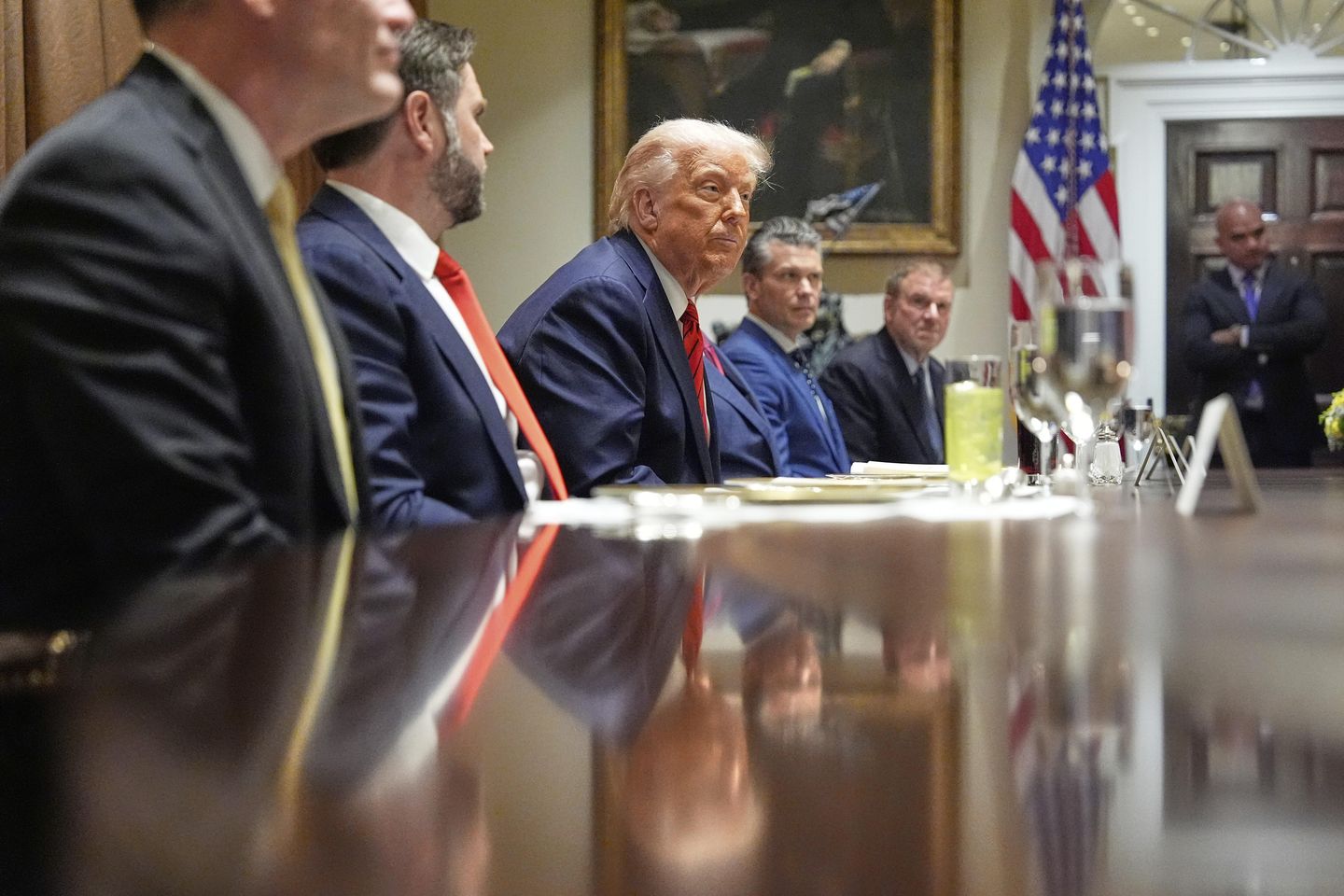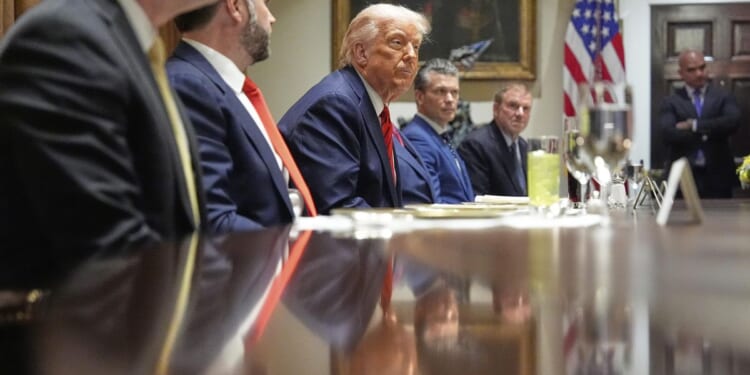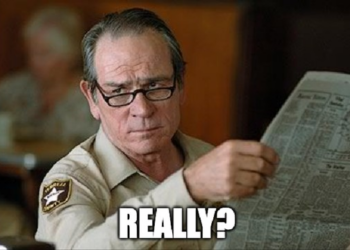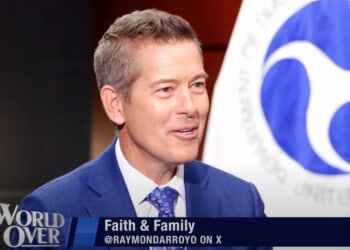
The Supreme Court is expected to consider a landmark case that could give President Trump expanded firing powers by potentially overturning a 90-year-old precedent that limits presidential authority. Here’s what you need to know about this consequential constitutional question:
The core question
Court may reconsider fundamental separation of powers balance:
- Justices potentially revisiting Humphrey’s Executor v. United States (1935)
- Case limited president’s ability to fire independent agency heads
- Current restrictions require “for cause” termination for certain officials
- Trump administration challenging these limitations
- Potential dramatic expansion of presidential authority
- Constitutional interpretation of “executive power” at stake
- Implications for dozens of federal agencies and commissions
The specific case
Legal challenge stems from administration actions:
- Firing of officials from independent agencies triggered litigation
- Administration arguing for broader removal powers
- Lower courts divided on presidential authority
- Circuit split created conditions for Supreme Court review
- Government explicitly asking Court to overturn precedent
- Solicitor General presenting original constitutional arguments
- Constitutional scholars filing numerous amicus briefs
The historical precedent
Humphrey’s Executor has shaped government for decades:
- 1935 decision involved FDR’s firing of Federal Trade Commissioner
- Supreme Court unanimously limited presidential removal power
- Created framework for “independent” agencies
- Established “for cause” requirement for certain positions
- Distinguished between executive and quasi-legislative/judicial roles
- Foundation for modern administrative state design
- Repeatedly reaffirmed despite occasional criticism
The current Court
Composition suggests potential receptiveness to change:
- Conservative majority historically sympathetic to executive authority
- Multiple justices previously questioned Humphrey’s correctness
- Justice Kavanaugh wrote extensively on presidential powers
- Originalist approach potentially favoring executive control
- Recent decisions strengthening unitary executive theory
- Chief Justice Roberts previously skeptical of independent agencies
- Liberal wing likely to defend existing limitations
The potential impact
Ruling could fundamentally reshape federal government:
- Dozens of independent agencies potentially affected
- Federal Reserve, SEC, FCC and others could lose independence
- Career civil servants potentially facing greater political pressure
- Administrative state structure potentially transformed
- Regulatory consistency across administrations threatened
- Financial markets sensitive to independent agency stability
- Congressional oversight powers potentially diminished
The legal arguments
Case centers on competing constitutional interpretations:
- Administration citing Article II vesting executive power in president
- Challengers emphasizing congressional structuring authority
- Historical practices dating to founding era debated
- Functional versus formalist constitutional approaches
- Precedent stability versus original meaning
- Practical governance considerations versus theory
- Political accountability versus expertise independence
The political context
Case emerges amid broader administrative battles:
- Trump’s government efficiency initiatives targeting bureaucracy
- Congressional battles over executive power intensifying
- Administrative state critics gaining influence
- Presidential control over policy implementation contested
- Career civil service protections under pressure
- Political appointee-career staff tensions increasing
- Regulatory uncertainty affecting economic planning
What happens next
Several key developments are anticipated:
- Formal consideration of cert petitions expected soon
- Potential acceptance for next term’s docket
- Major business and interest groups filing briefs
- Congressional hearings on implications possible
- Agencies preparing contingency planning
- Markets assessing regulatory uncertainty
- Constitutional scholars forecasting major shift
Read more:
• Supreme Court expected to consider giving Trump firing power by overruling precedent
This article is written with the assistance of generative artificial intelligence based solely on Washington Times original reporting and wire services. For more information, please read our AI policy or contact Ann Wog, Managing Editor for Digital, at awog@washingtontimes.com
The Washington Times AI Ethics Newsroom Committee can be reached at aispotlight@washingtontimes.com.


![NYC Tourist Helicopter Falls into Hudson River, Siemens Executive and Family Among Those Killed [WATCH]](https://www.right2024.com/wp-content/uploads/2025/04/NYC-Tourist-Helicopter-Falls-into-Hudson-River-Siemens-Executive-and-350x250.jpg)






![Green Day’s Cringe Trump Diss Ends in Fire and Evacuation [WATCH]](https://www.right2024.com/wp-content/uploads/2025/04/Green-Days-Cringe-Trump-Diss-Ends-in-Fire-and-Evacuation-350x250.jpg)
![Red Sox Fan Makes the ‘Catch of the Day’ with Unconventional ‘Glove’ [WATCH]](https://www.right2024.com/wp-content/uploads/2025/04/Red-Sox-Fan-Makes-the-‘Catch-of-the-Day-with-350x250.jpg)
![Bikini Clad Spring Breakers Prove Our Education System is Failing Students [WATCH]](https://www.right2024.com/wp-content/uploads/2025/03/Bikini-Clad-Spring-Breakers-Prove-Our-Education-System-is-Failing-350x250.jpg)





